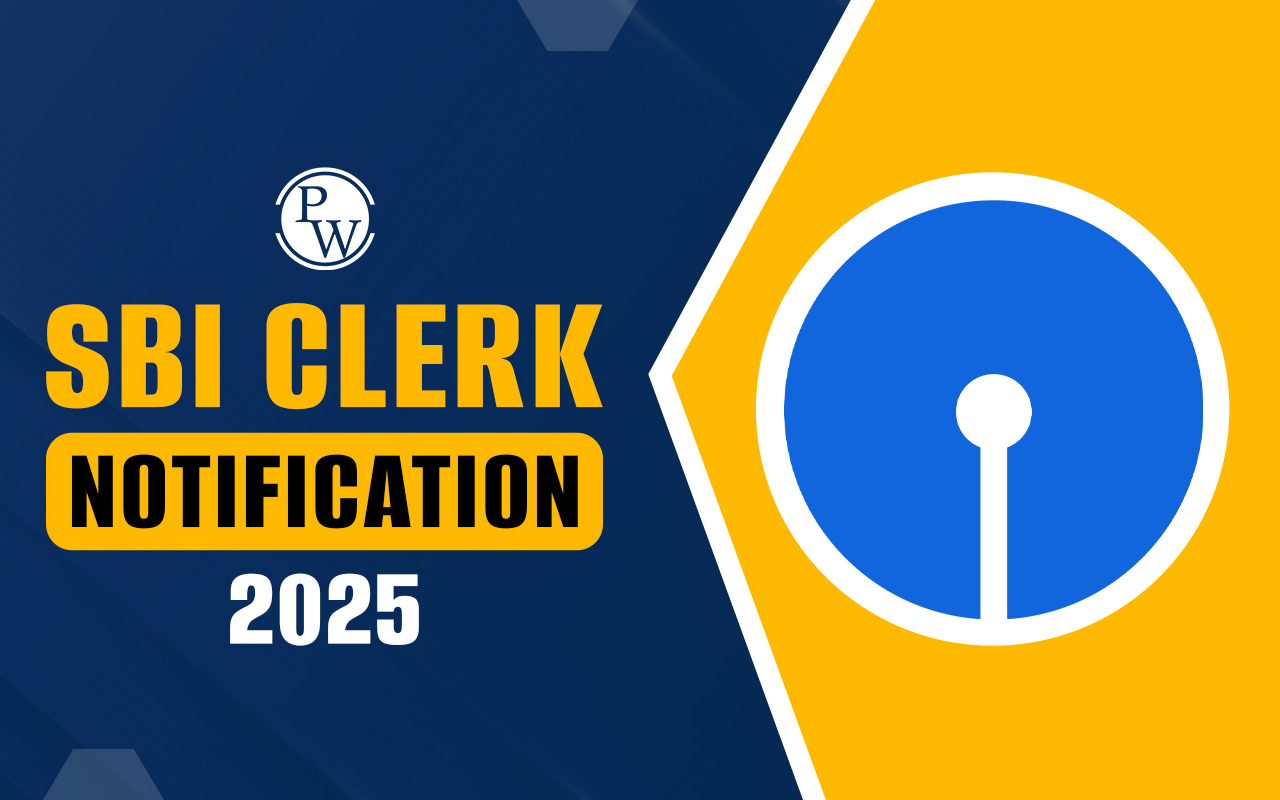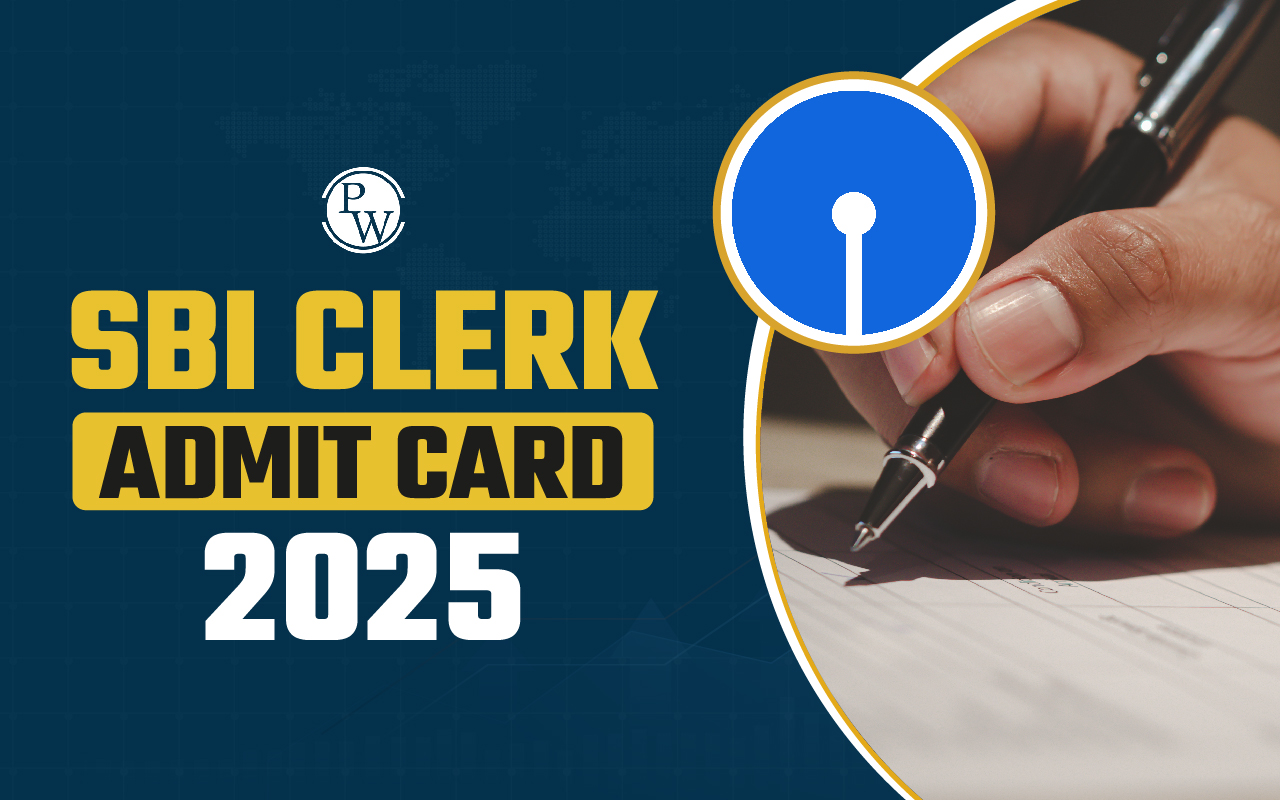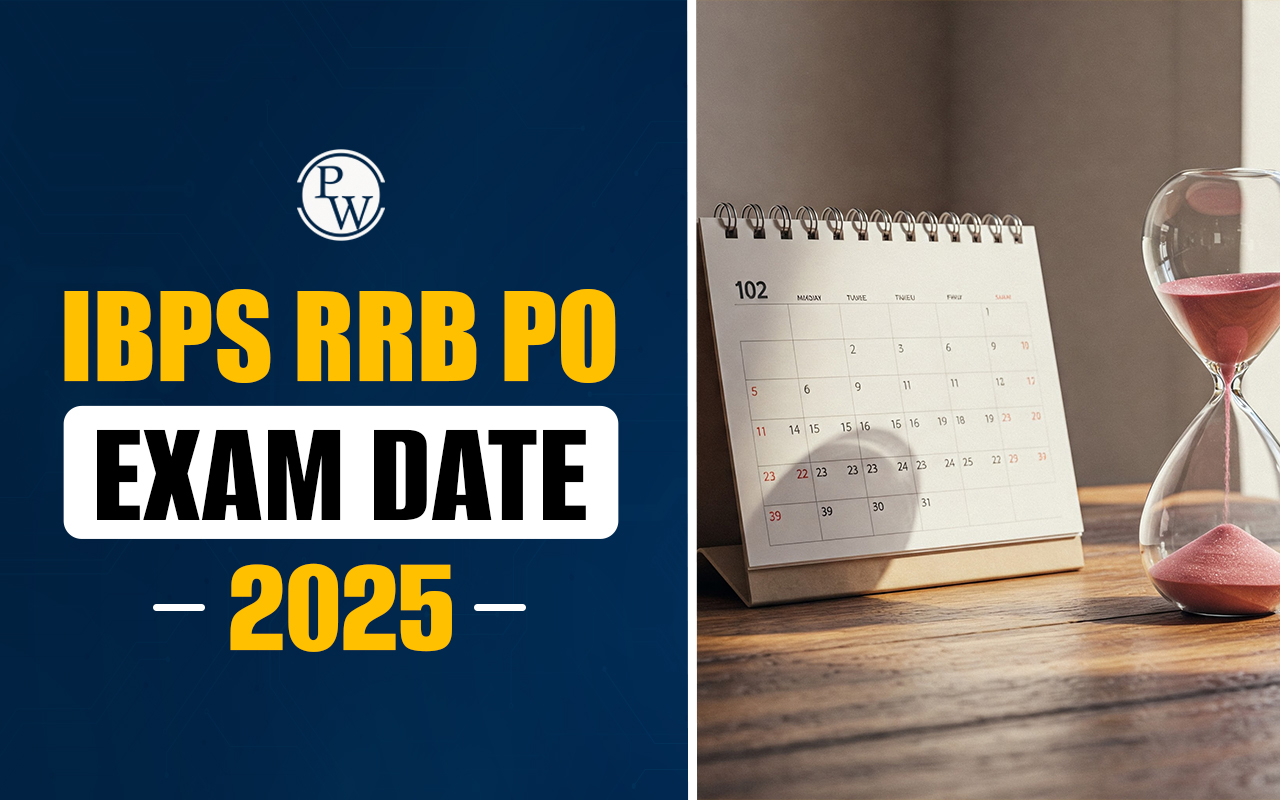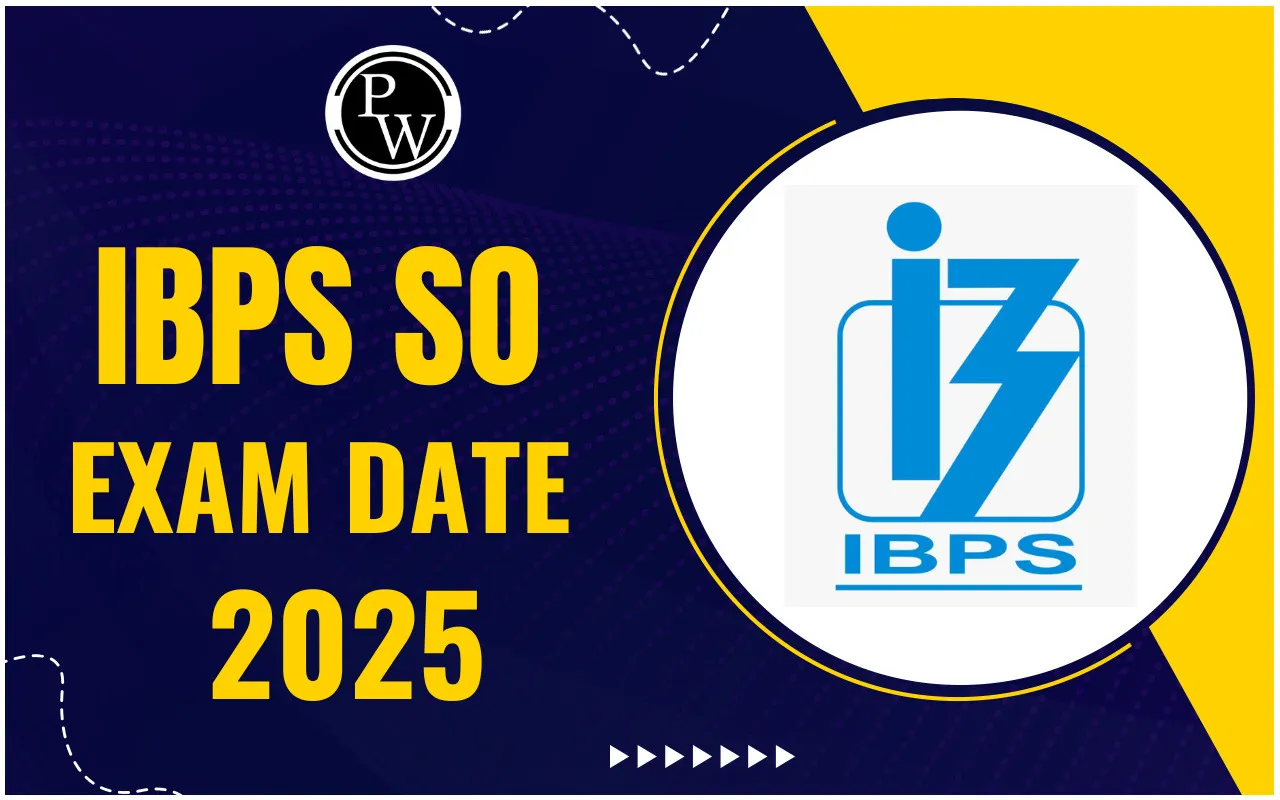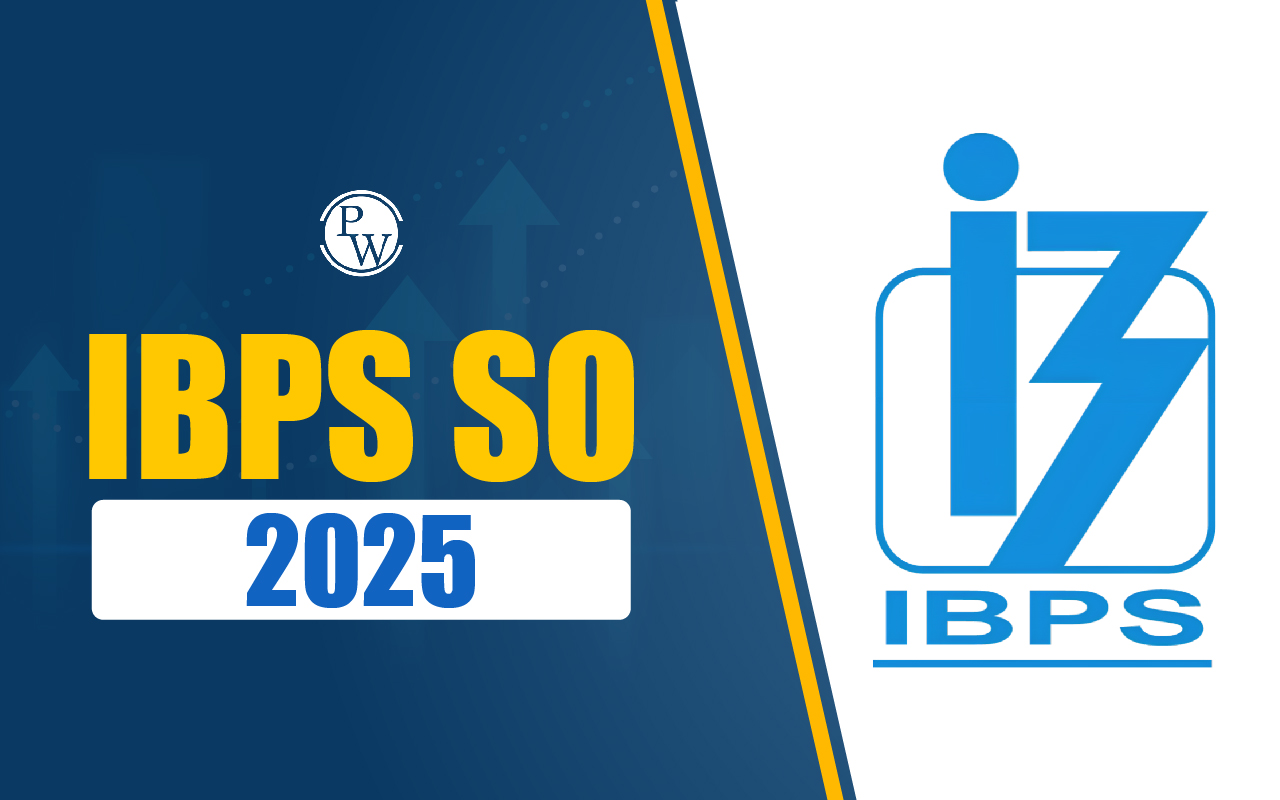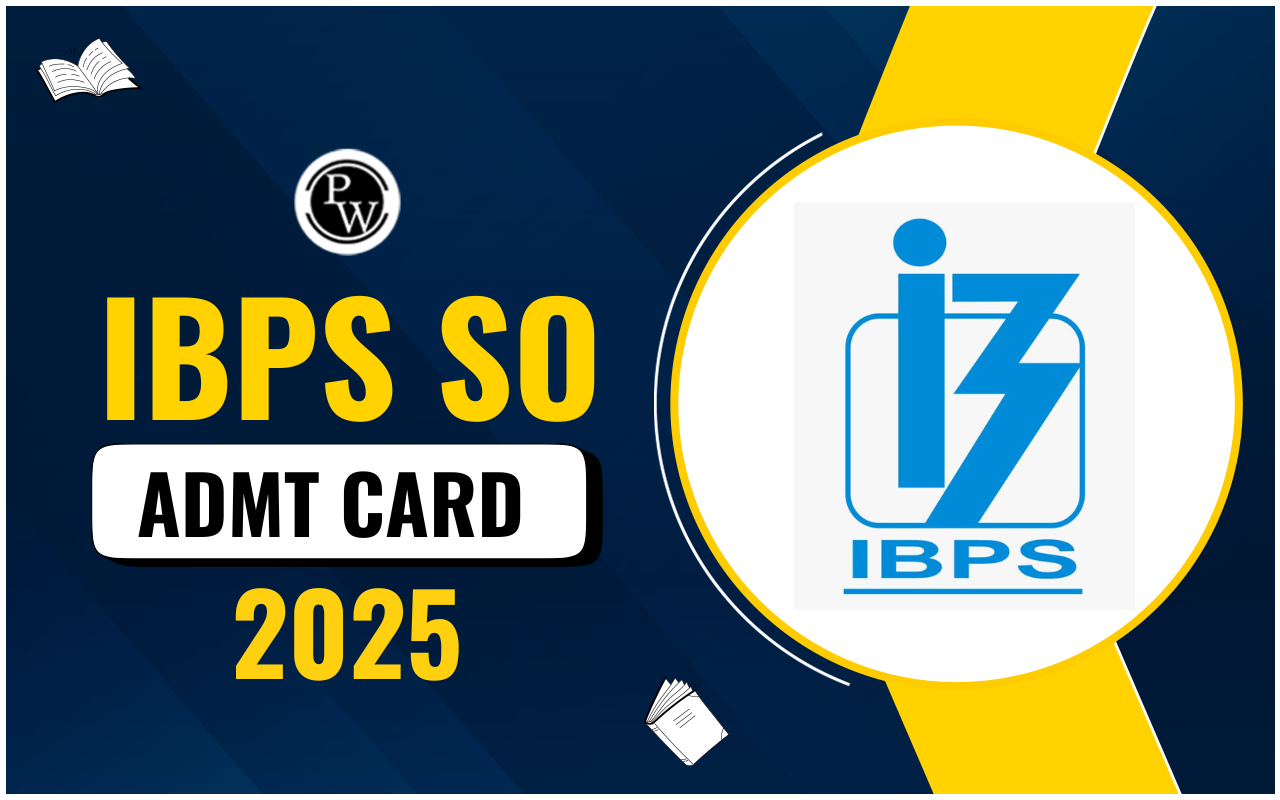

Pradhan Mantri Suraksha Bima Yojana
The Pradhan Mantri Suraksha Bima Yojana , launched on 9th May 2015 by Prime Minister Narendra Modi, and is managed by the Ministry of Finance. It's a government-supported insurance plan covering accidental death and disability. Public Sector General Insurance Companies (PSGICs) and other General Insurance companies offer this scheme.
What is Pradhan Mantri Suraksha Bima Yojana (PMSBY)?
Pradhan Mantri Suraksha Bima Yojana (PMSBY) is a government-backed personal accident insurance plan designed to provide financial protection in case of accidental death or disability. The scheme is available for all savings bank account holders aged 18 to 70.
Pradhan Mantri Suraksha Bima Yojana Overview
- Launch Date: 9th May 2015
- Ministry: Ministry of Finance
- Type of Insurance: Accident Insurance
- Insurance Coverage: Accidental death or disability coverage.
- Annual Premium: Rs 20
- Premium Payment Age Limit: Up to 70 years
Pradhan Mantri Suraksha Bima Yojana Objective
PMSBY aims to provide an economical insurance plan for individuals aged 18 to 70 with a bank account. The annual premium is Rs.12, offering risk coverage of Rs.2 lakh for accidental death and total disability, and Rs.1 lakh for partial disability. Recent data from the Press Information Bureau (PIB) indicates that approximately 41.50% of enrolments and 61.29% of claim beneficiaries under this scheme are women.
Pradhan Mantri Suraksha Bima Yojana Eligibility
To be eligible for PMSBY, individuals must meet the following criteria:
- Age between 18 and 70 years.
- Hold a savings bank account with a participating bank or post office.
- Possess a valid Aadhaar card.
- Pay an annual premium of Rs. 20.
Persons falling under the following categories are not eligible for PMSBY:
- Those already covered under any other government-sponsored accident insurance scheme.
- Individuals serving in the armed forces.
- Individuals engaged in the merchant navy.
Pradhan Mantri Suraksha Bima Yojana Features
To avail the benefits of Pradhan Mantri Suraksha Bima Yojana (PMSBY), individuals need to opt for it every year. They also have the option to choose a long-term continuation. The key features, including policy duration, premium, and payment method, are outlined below:
Policy Duration
- Coverage is effective from June 1 to May 31 of the following year.
- Savings Account customers joining on or after June 1 will be covered from the premium debit date until May 31 of the next year.
Premium
- An automatic debit of Rs. 20 will occur from the enrolled person's account annually, covering the PMSBY premium.
- The premium is applicable from June 1 to May.
Payment Method
- The Bank will directly debit the premium from the subscriber's bank-held savings account.
- Policy renewal will be auto-debited between May 25 and May 31, unless the consumer has submitted a cancellation notice to the Bank.
Pradhan Mantri Suraksha Bima Yojana (PMSBY) Benefits
Here are the benefits of enrolling in Pradhan Mantri Suraksha Bima Yojana:
1. In the event of the insured person's accidental death, the nominee will receive a benefit of Rs. 2 lakh.
2. If the insured person becomes totally disabled due to an accident, the nominee will receive a benefit of Rs. 2 lakh.
3. In the case of partial disability resulting from an accident, the nominee will receive a benefit of Rs. 1 lakh.
4. The annual premium for PMSBY is only Rs. 20, making it highly affordable.
5. Easy enrollment is possible by filling out an application form and submitting it to your bank or post office.
6. The premium can be conveniently paid through auto-debit from your bank account.
7. PMSBY covers all Indian citizens aged between 18 and 70 years.
8. No medical examination is required for enrollment in PMSBY.
What Pradhan Mantri Suraksha Bima Yojana Doesn't Cover?
PMSBY is designed as an accident and disability insurance plan, offering coverage for a policyholder in the event of death or disability. Nevertheless, there are specific exclusions concerning the cause of death and the type of disability. Notably, death by suicide is not included in the coverage. Moreover, non-permanent disabilities (partial disabilities without irrecoverable loss) are excluded unless explicitly mentioned otherwise.
Tax Benefits Under Pradhan Mantri Suraksha Bima Yojana (PMSBY)
Subscribers of Pradhan Mantri Suraksha Bima Yojana (PMSBY) can enjoy the following tax benefits:
- The premium paid for PMSBY qualifies for deduction under Section 80C of the Income Tax Act, 1961.
- Death benefits and disability benefits received under PMSBY are exempt from income tax under Section 10(10D) of the Income Tax Act, 1961.
Conditions for Termination of Pradhan Mantri Suraksha Bima Yojana (PMSBY)
Here are the conditions under which Pradhan Mantri Suraksha Bima Yojana (PMSBY) may be terminated:
- The policy will automatically terminate upon the death of the insured person.
- The policy can be surrendered at any time after the first year of coverage. However, no refund will be provided if the policy is surrendered within the initial year of coverage.
- The policy will cease if the premium is not paid within 30 days of the due date.
- In case of a change in the bank account or post office, the insurance company must be notified within 30 days; otherwise, the policy will terminate.
- If there is a change in the Aadhaar number, the insurance company must be informed within 30 days; otherwise, the policy will terminate.
- Total disability of the insured person will result in policy termination. However, a refund of the premium paid for the current year will be applicable.
Pradhan Mantri Suraksha Bima Yojana Eligibility Criteria
To avail the benefits of the PMSBY, certain eligibility criteria must be met. Here's a breakdown of the requirements:
- Minimum Age: Individuals must be at least 18 years old to be eligible.
- Maximum Age: The scheme is open to those up to 70 years of age.
- Active Savings Bank Account: Interested applicants should possess an active savings bank account.
- Aadhaar Integration: The saving bank account must be linked with the applicant's Aadhaar card. If not linked, a copy of the Aadhaar card should be submitted with the application.
- Premium Payment: A nominal premium of Rs. 12 must be paid to enroll in the scheme.
Documents Required for PMSBY
To complete the enrollment process, certain documents are necessary:
- Proof of Identity: Valid identification, such as the Aadhaar card, is required.
- Aadhaar Card: Essential for identity verification during enrollment.
- Contact Information: Accurate address and phone number details for communication.
- Nominee Details: Information about the chosen nominee, who will receive benefits in case of an unfortunate event.
- Application Form: Fill out the PMSBY application form in your preferred language.
- Aadhaar Card Copy: If the Aadhaar card is not linked to the savings bank account, provide a copy along with the application.
Banks Participating in PMSBY
Several banks are part of the PMSBY initiative, including:
- Allahabad Bank
- Axis Bank
- Bank of India
- Bank of Maharashtra
- Bharatiya Mahila Bank
- Canara Bank
- Central Bank
- Corporation Bank
- Dena Bank
- Federal Bank
- HDFC Bank
- ICICI Bank
- IDBI Bank
- IndusInd Bank
- Kerala Gramin Bank
- Kotak Bank
- Oriental Bank of Commerce
- Punjab and Sind Bank
- Punjab National Bank
- South Indian Bank
- State Bank of Hyderabad
- State Bank of India
- State Bank of Travancore
- Syndicate Bank
- UCO Bank
- Union Bank of India
- United Bank of India
- Vijaya Bank
These participating banks facilitate the implementation of the PMSBY for eligible individuals.
Other Social Security Initiatives by the Government of India
- For an extended period, a significant portion of the Indian population has lacked health, accident, or life insurance coverage. According to the 66th Round of the National Sample Survey Office (NSSO) Survey conducted in 2011–12, around 88% of the 47.29 crore workers in the unorganized sector were estimated to be without a formal pension plan.
- Inspired by the success of the Pradhan Mantri Jan Dhan Yojana, the Indian government envisioned utilizing bank accounts as the cornerstone for initiatives aimed at establishing a universal social security system for all Indians, particularly focusing on the poor, underprivileged, and those employed in the unorganized sector.
- To address this issue, the Government of India introduced three Jan Suraksha Initiatives (social security) in the Budget 2015–16, building upon the foundation of Jan Dhan Yojana. These initiatives include the Pradhan Mantri Suraksha Bima Yojna, Atal Pension Yojana (APY), and Pradhan Mantri Jeevan Jyoti Bima Yojana (PMJJBY).
- Launched on May 9, 2015, by the Prime Minister, these three social security programs aim to provide pension and insurance coverage to the poor and disadvantaged, aligning with the mission of Jan Dhan Yojana to safeguard individuals during times of illness, accidents, or aging.
Pradhan Mantri Jeevan Jyoti Bima Yojana (PMJJBY) Vs Pradhan Mantri Suraksha Bima Yojana (PMSBY)
Pradhan Mantri Jeevan Jyoti Bima Yojana (PMJJBY)
- Launched on 9th May 2015 in Kolkata by Prime Minister Narendra Modi.
- It is a life insurance scheme introduced by former Finance Minister Late Arun Jaitley during the 2015 Budget Speech.
Pradhan Mantri Suraksha Bima Yojana (PMSBY)
- Originally mentioned in the February 2015 Budget Speech by former Finance Minister Late Arun Jaitley.
- Formally launched on 8th May 2015 in Kolkata by Prime Minister Narendra Modi.
- It is a government-backed accident insurance scheme.
PMJJBY focuses on providing life insurance coverage, while PMSBY is designed to offer financial protection in the event of accidents. Both schemes were initiated in 2015 with the aim of enhancing social security for Indian citizens.
The Pradhan Mantri Suraksha Bima Yojana is a significant accident insurance program available to individuals aged 18 to 70. As of March 2022, there were 22 crore active PMSBY subscribers. Claims totaling Rs 2,513 crores had been disbursed by 31 March 2022 under the PMSBY. Since its launch, implementing insurers have collected a total of Rs 1,134 crores in premiums. There is also a target to increase active subscribers to 37 crores in the next five years.
Pradhan Mantri Suraksha Bima Yojana FAQs
What is the PM Suraksha Bima Yojana?
Who can apply for Pradhan Mantri Bima Yojana?
Who is eligible for PMSBY?
How many years is Pradhan Mantri Suraksha Bima Yojana?
Is Pradhan Mantri Suraksha Bima Yojana good?

